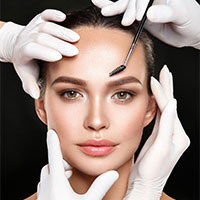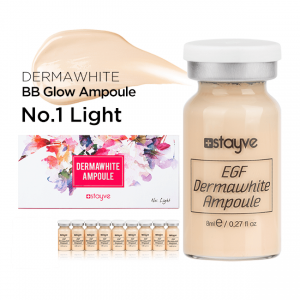Microblading and micropigmentation have become the standard techniques for creating perfect eyebrows in cosmetics. They both promise to improve eyebrows with semi-permanent makeup, but their techniques, applications, and outcomes vary. Let’s look at a few differences between the two techniques to help you decide which would be best for your brow objectives.
Precision and Durability in Micropigmentation Eyebrows
A digital device is used in micropigmentation, often known as cosmetic tattooing, to implant pigment deeper into the skin. This technique is similar to regular tattooing, except it is more subtly done to highlight face characteristics.
- Method: A tiny needle pierces the skin to introduce color into the dermal layer. Depending on the intended result, a variety of methods may be used, ranging from feathery strokes to a soft powder fill.
- Longevity: Compared to microblading, micropigmentation often lasts longer since the pigment penetrates more profound layers of skin, frequently requiring a touch-up after two to five years.
- Results: Micropigmentation creates a more defined and consistent look with the option to customize a dramatic or natural finish. It works exceptionally effectively for people with oily skin where microblading might not adhere as well.
- Points to consider: The micropigmentation procedure is typically more painful than microblading and may require extended recovery. Due to its permanence, it is also less flexible to shifts in brow trends.
Online Permanent Makeup Courses
Our online training programs:
Click the course name for quick navigation
Natural Lines and Subtlety in Microblading
In microblading, a manual tattooing technique, hair-like strokes that resemble natural eyebrow hair are created using hand-held equipment that has numerous tiny needles.
- Method: Tiny lines are etched into the skin using the microblading instrument, filling the lines with pigment. In order to get precise strokes that resemble the natural direction of hair development, this calls for a deft touch.
- Durability: Microblading usually lasts one to two years. Because of the shallower application of pigment, it will fade faster and need touch-ups more often.
- Results: Brows made with microblading appear remarkably natural and mix in flawlessly with surrounding hair. It’s effective at filling in areas where hair is missing and giving the appearance of natural hair.
- Notes: Those with oily skin types may find that microblading is less successful since the extra oil may accelerate the fading and blurring of the strokes. A skilled technician should be selected as well, as a natural appearance depends heavily on the accuracy of the strokes.
Choosing What’s Best for You
Think about your skin type, pain threshold, preferred upkeep, and desired appearance when choosing between microblading and micropigmentation. For individuals looking for a low-maintenance option and a more defined brow contour, micropigmentation could be preferable. On the other hand, those who want a very natural appearance and don’t mind additional touch-ups often might choose microblading.
In Summary
While there are differences in the objectives and aesthetic preferences of the treatments, both micropigmentation and microblading offer methods for achieving beautiful brows. Knowing the distinctions can help you make wise choices that fit your desired appearance and lifestyle. Whichever solution you select, consult a qualified specialist who has experience and is licensed to provide advice that meets your specific needs about brows.


















